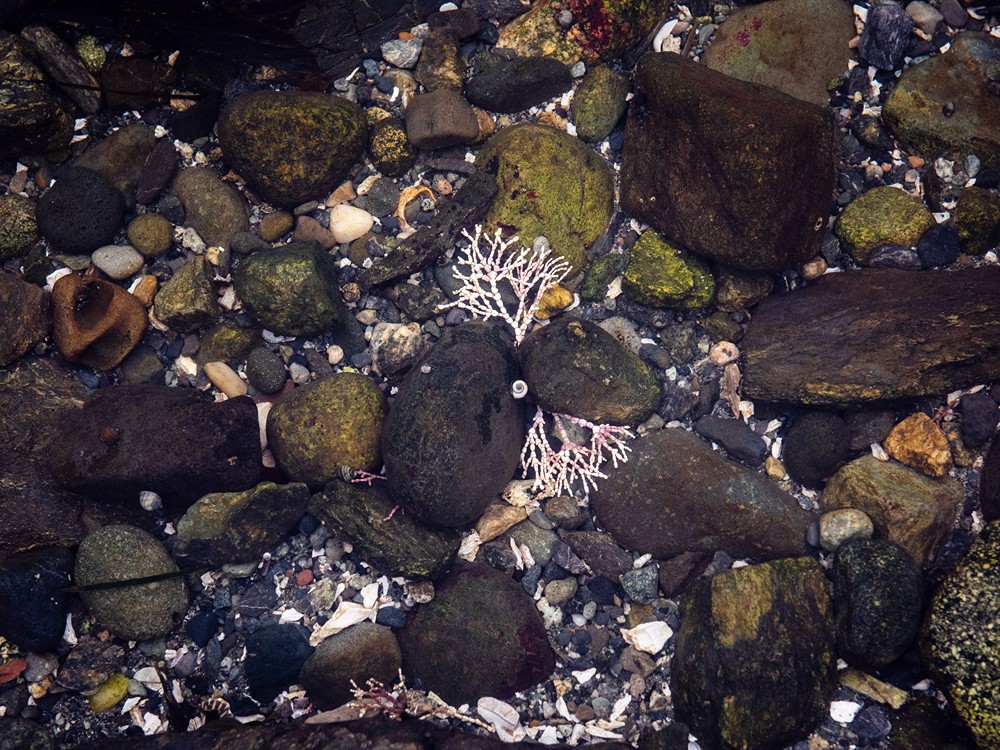Art and nature have always shared an intimate connection. Whether it’s the sweeping landscapes that artists attempt to capture or the intricate details of natural textures that inspire a painter’s brushstroke, nature serves as a constant muse for creativity. The intersection of art and nature is not just a blending of the two worlds—it’s a harmonious relationship that has shaped many of the greatest works of art in history.
At its core, nature has always been a source of inspiration for artists. The vivid colors of a sunset, the delicate petals of a flower, or the grandeur of a mountain range all offer endless opportunities for artistic expression. For centuries, artists have sought to mimic the beauty of the world around them through their work, whether it be painting, photography, sculpture, or other forms of art. Nature’s vastness and diversity offer a boundless well of inspiration that encourages creativity and pushes the boundaries of artistic imagination.
One of the key elements that make the intersection of art and nature so powerful is its ability to evoke emotion. Nature, in all its forms, has the power to move us. A serene landscape can bring peace and calm, while a dramatic seascape can stir feelings of awe and wonder. The way artists interpret these emotions through their work allows others to experience nature in a unique and personal way. When an artist captures the essence of nature in their work, they offer viewers a chance to see the world through their eyes, to appreciate the beauty and complexity of the natural world, and to connect with the environment on a deeper level.
In modern art, the relationship between nature and creativity is even more significant. With the increasing pace of urbanization and technological advancement, many artists are using nature as a reminder of what’s at stake. They capture scenes of natural landscapes to raise awareness about environmental issues, creating pieces that are both visually stunning and thought-provoking. In this way, art serves as a tool for advocacy, using the beauty of nature to inspire action and foster a sense of responsibility toward preserving the world we live in.
The collaboration between art and nature also extends beyond the canvas. Photographers, in particular, have a unique ability to freeze a moment in time, capturing the ever-changing beauty of the natural world. A photograph of a forest in the early morning light or a storm cloud rolling over the horizon can encapsulate the raw energy and beauty of nature, reminding us of the fleeting yet enduring nature of our planet.
Ultimately, the intersection of art and nature is a celebration of the beauty, wonder, and inspiration that the natural world provides. It’s a constant reminder that creativity thrives in the natural world, offering endless possibilities for expression and exploration. By embracing nature as a muse, artists have the ability to preserve its essence, raise awareness of its importance, and remind us all of the interconnectedness between the two.
In conclusion, the relationship between art and nature is one of mutual respect and boundless creativity. Through the lens of an artist, nature’s beauty is brought to life, not just for us to admire, but for us to reflect upon, protect, and cherish.
The Intersection of Art and Nature
